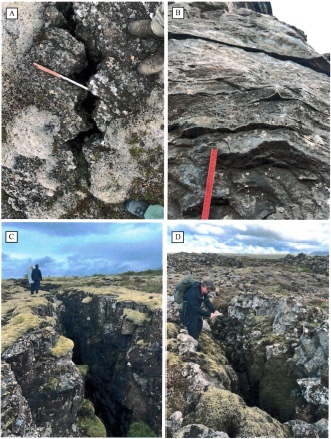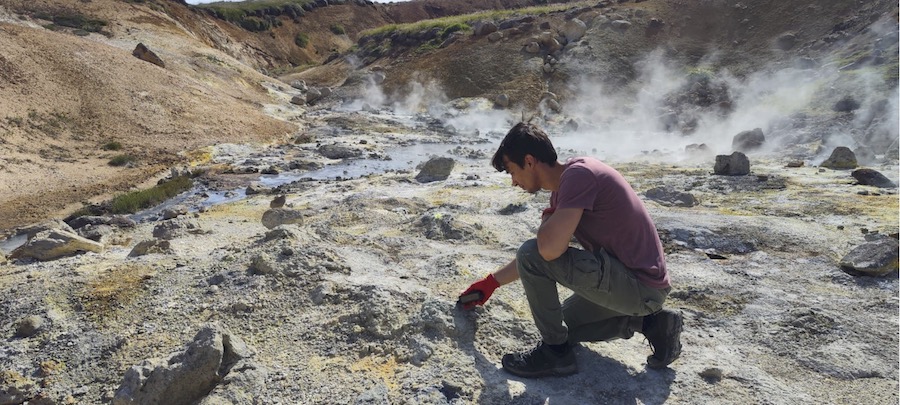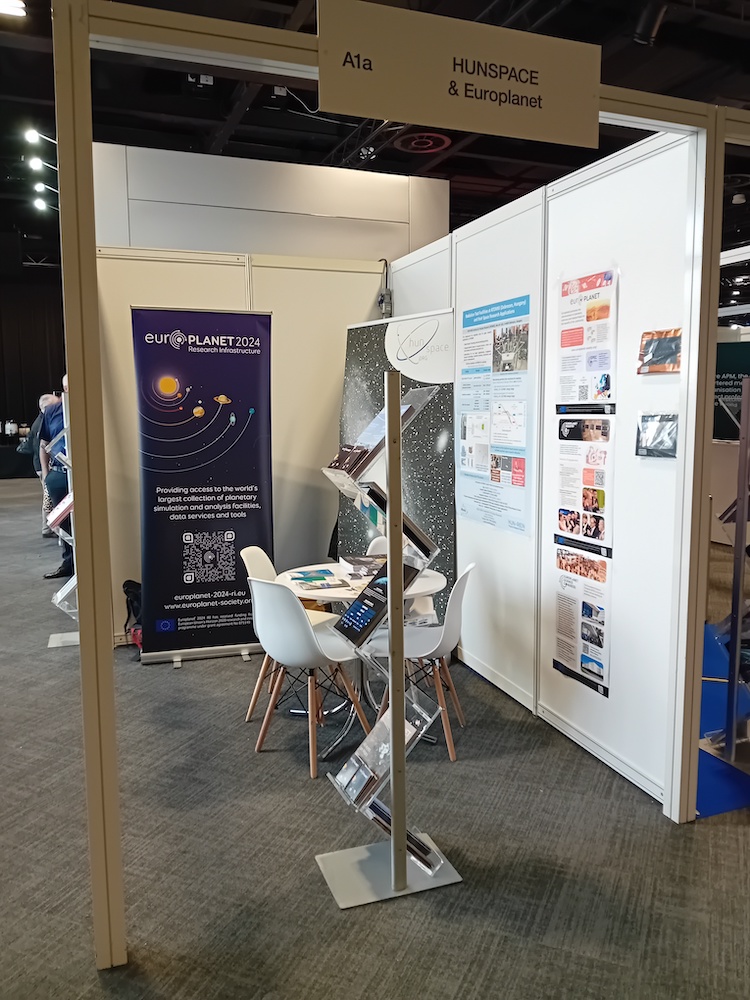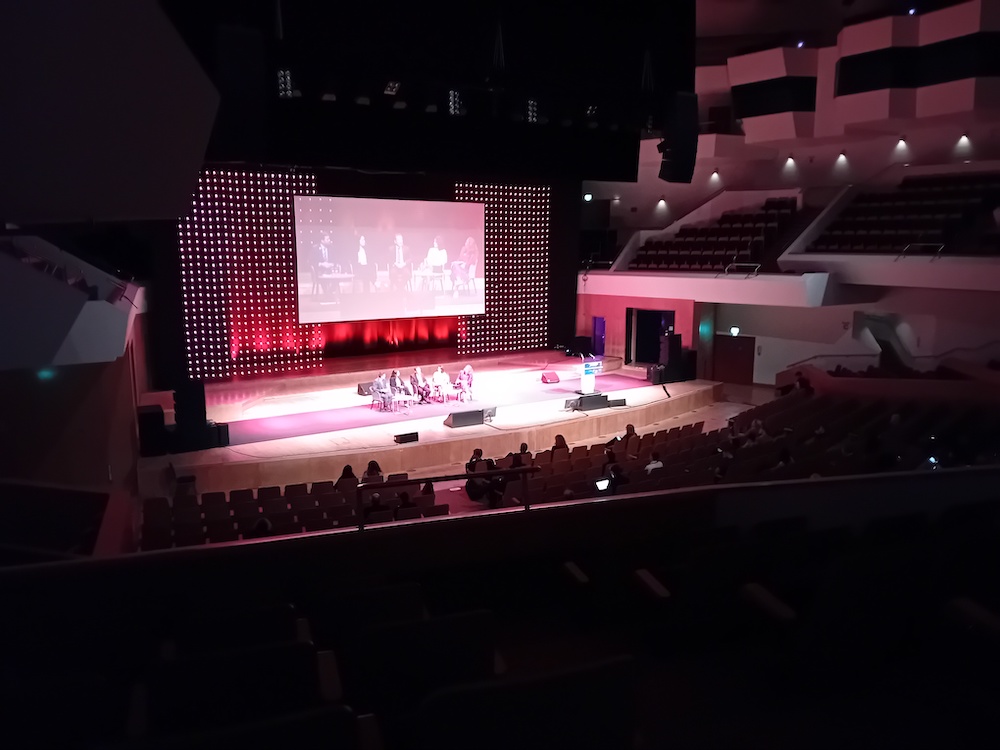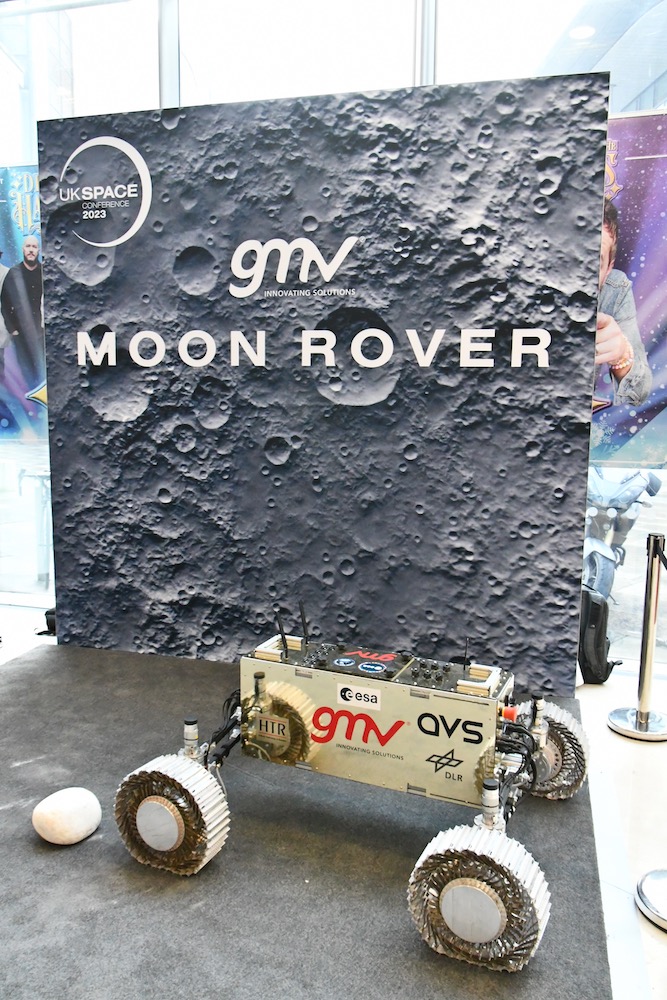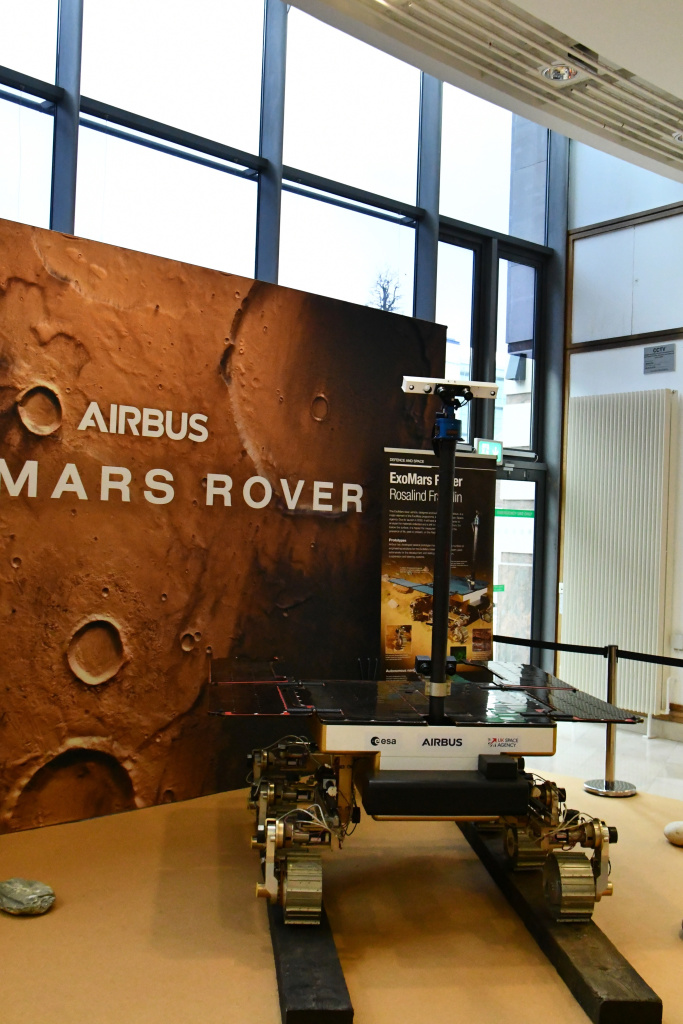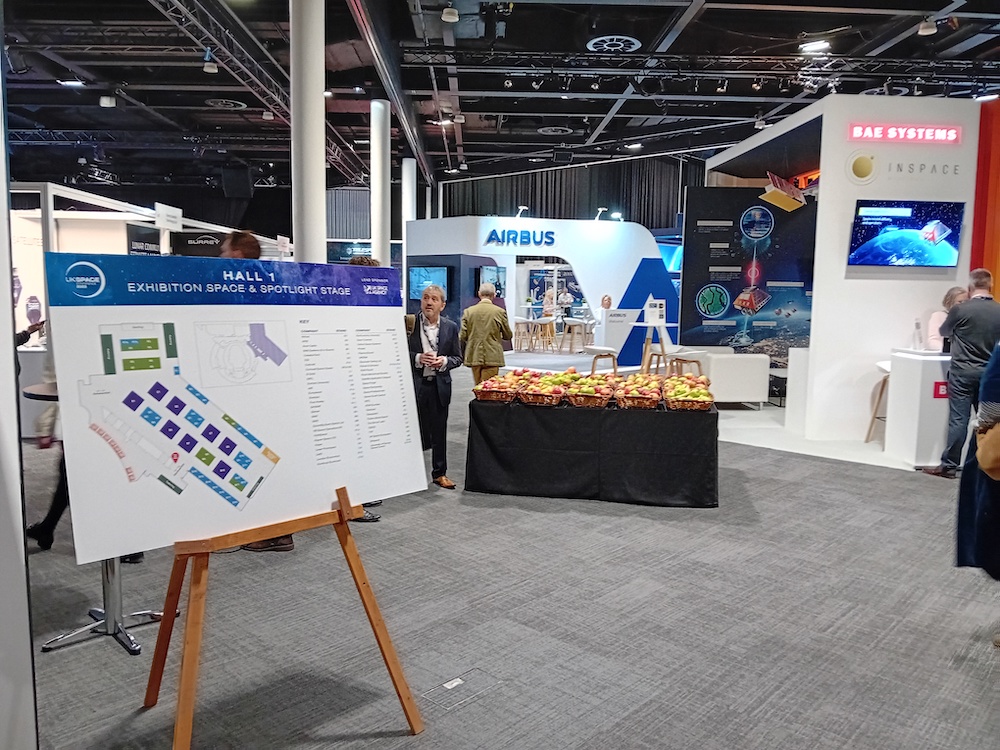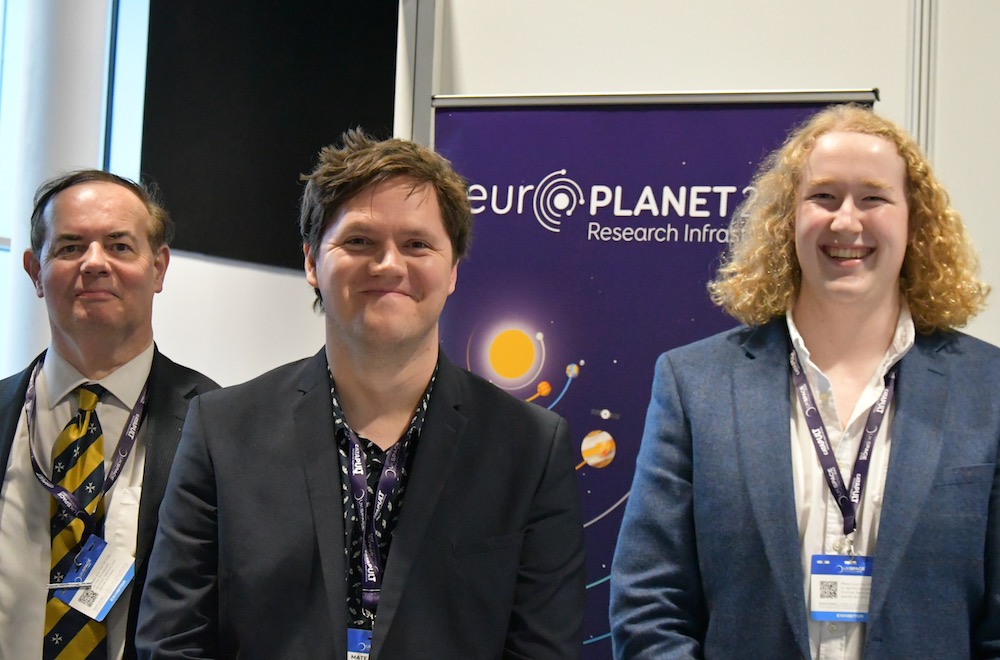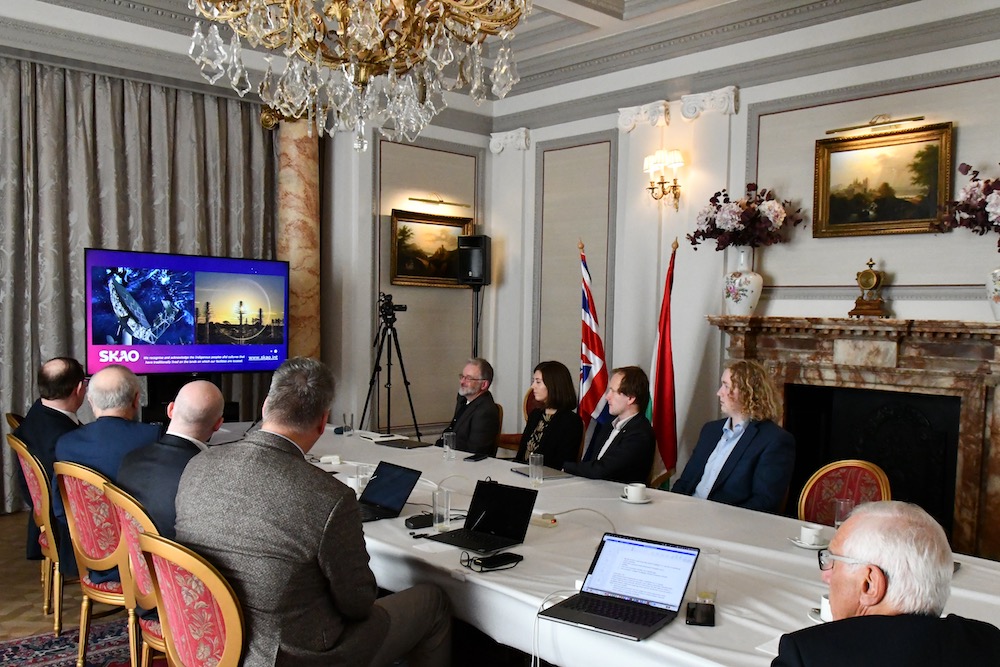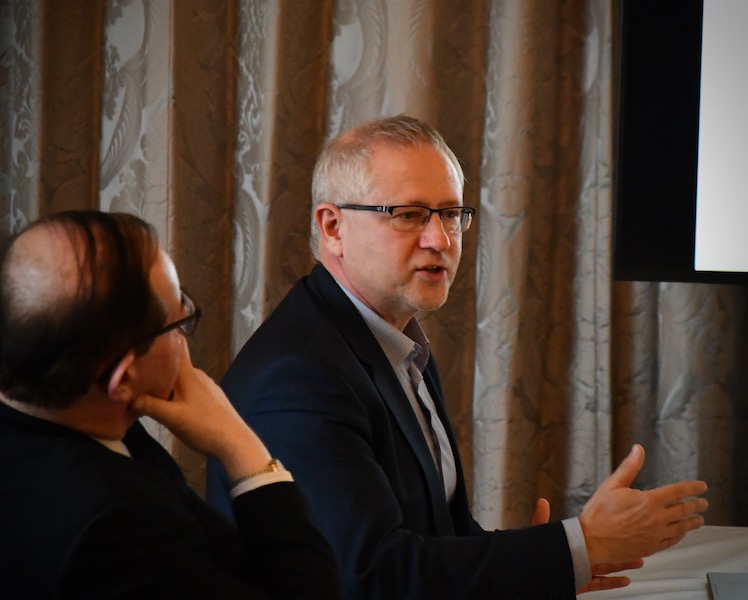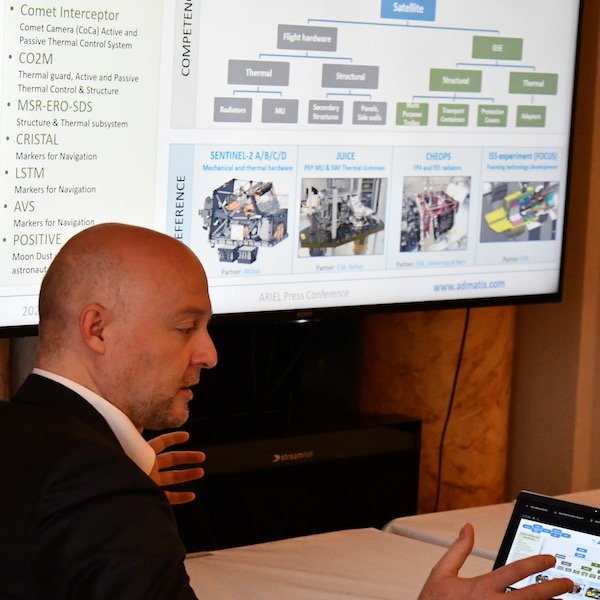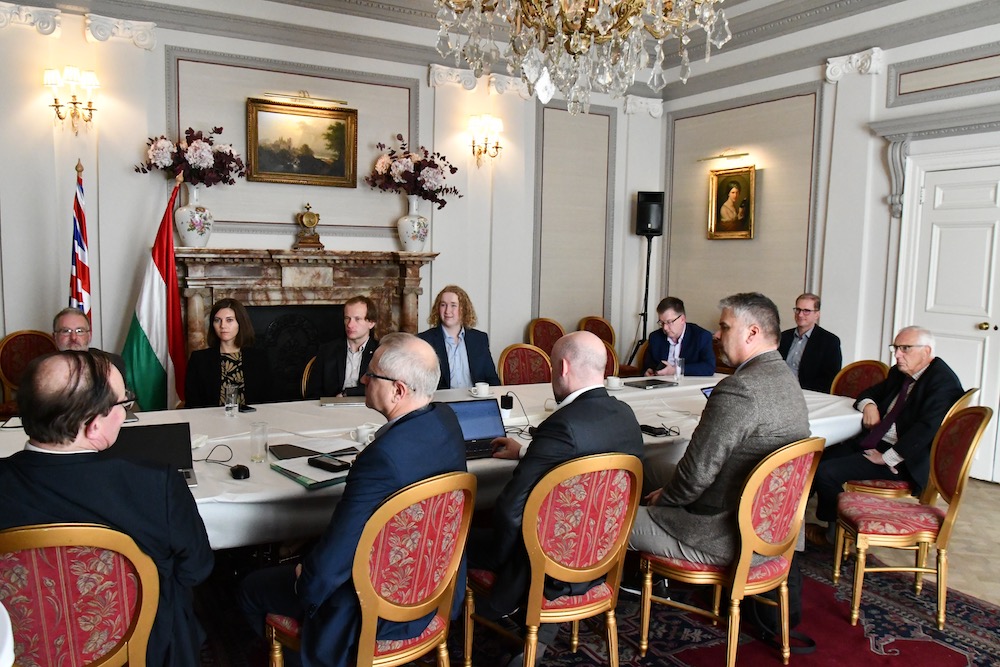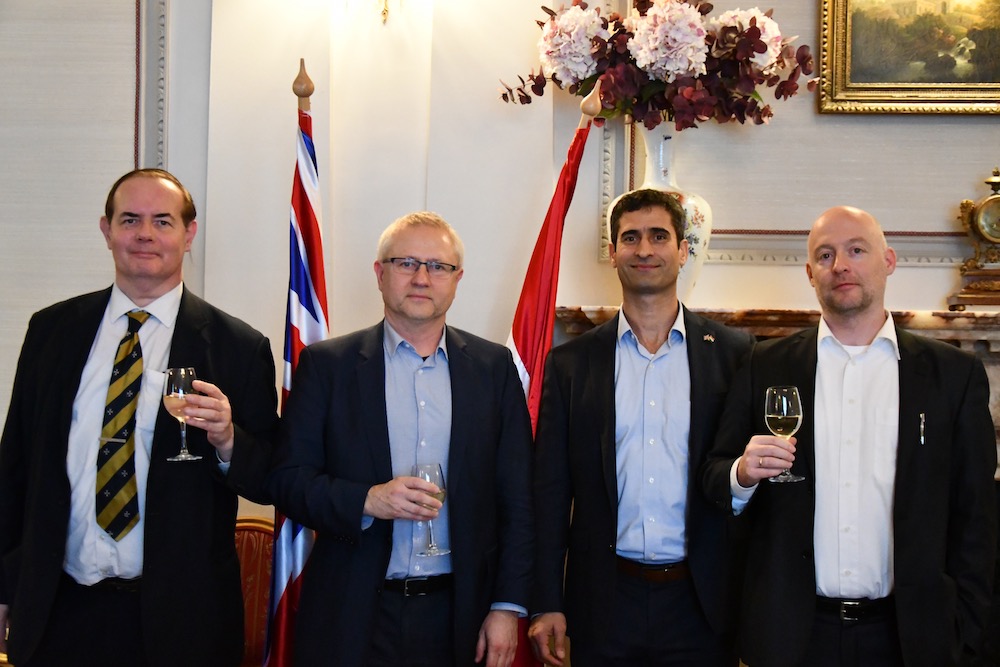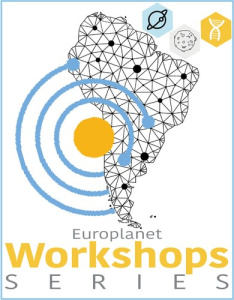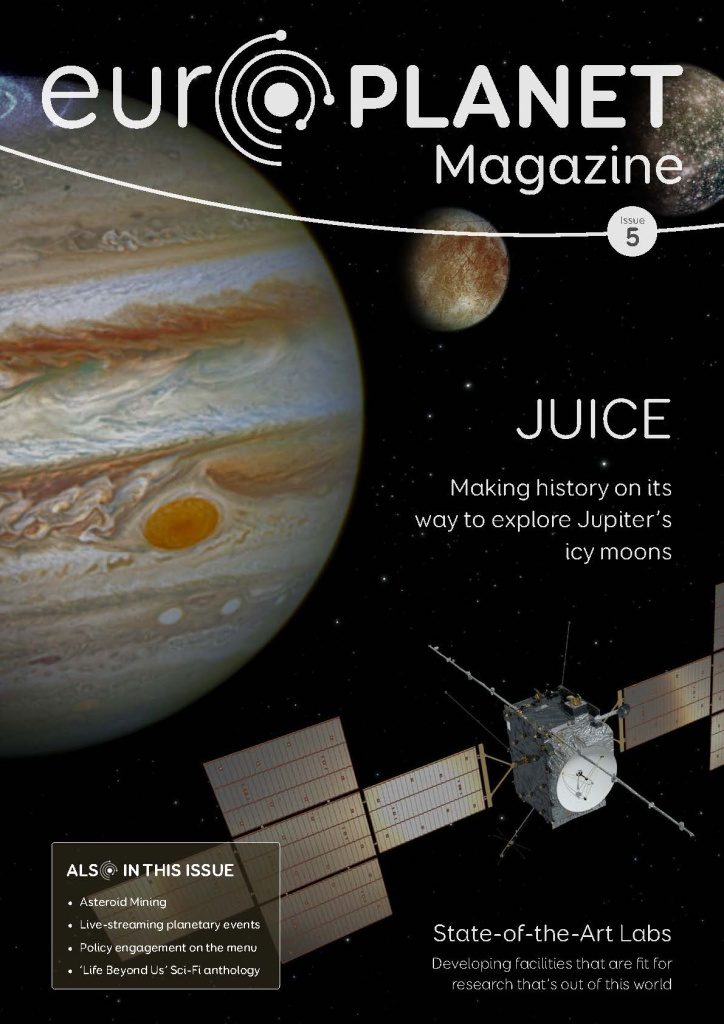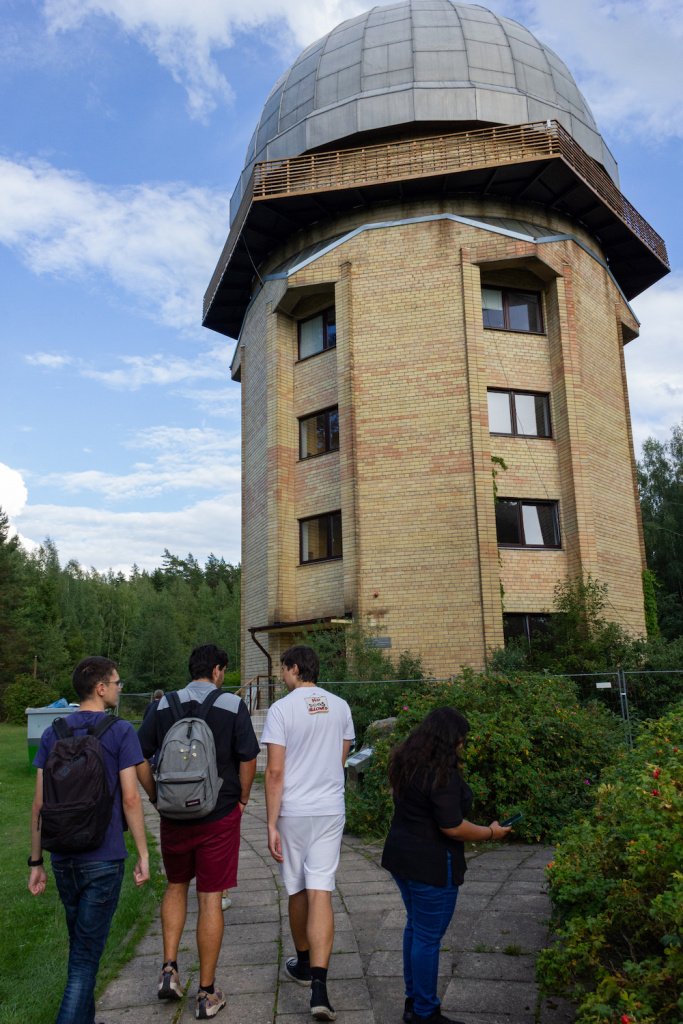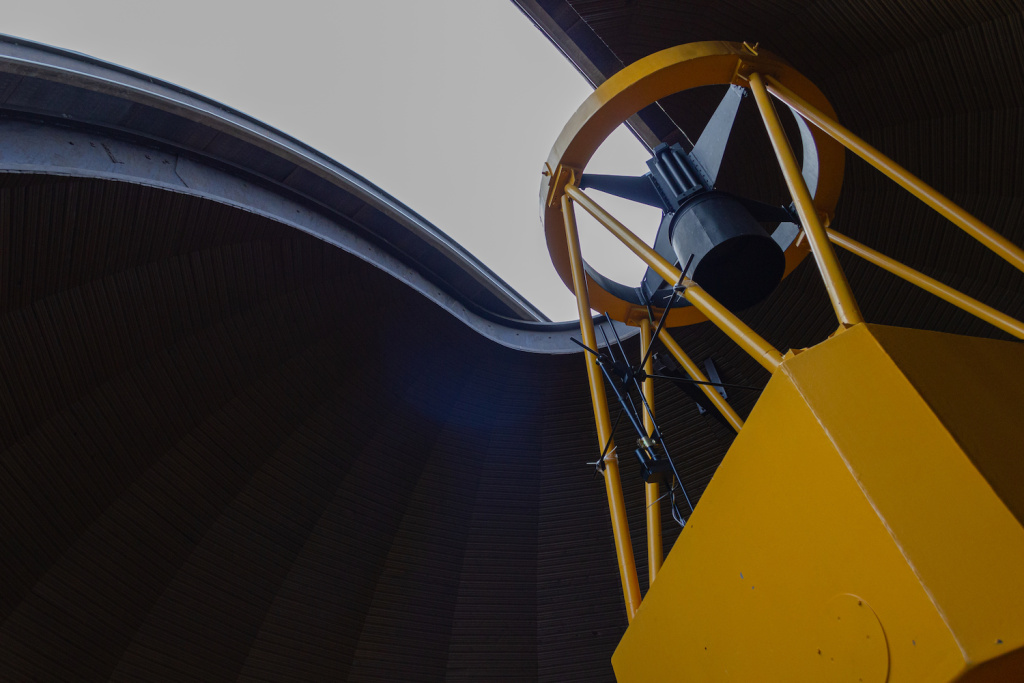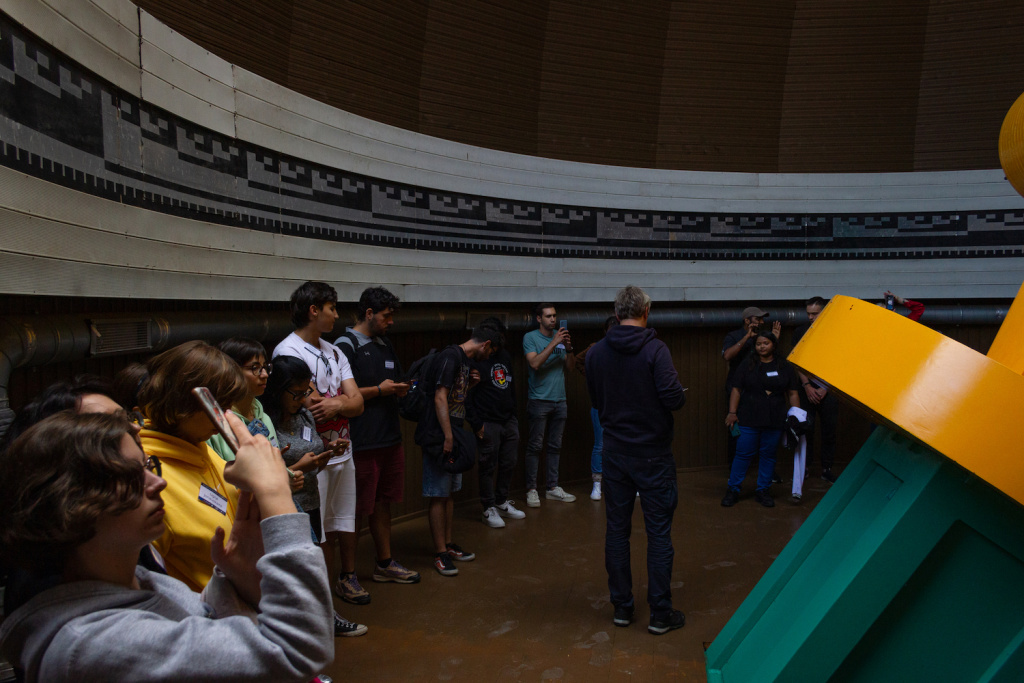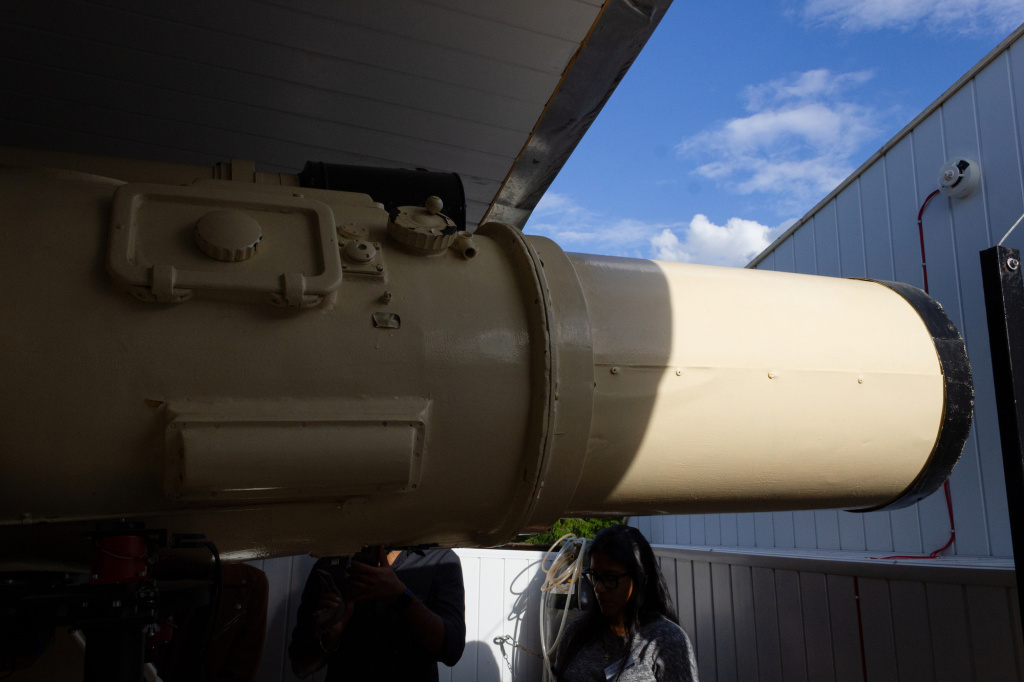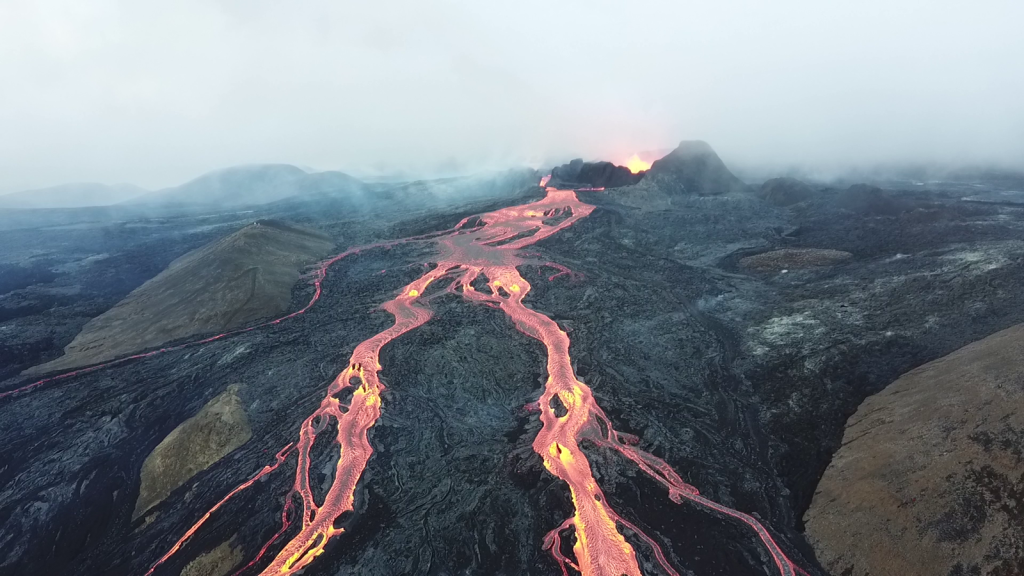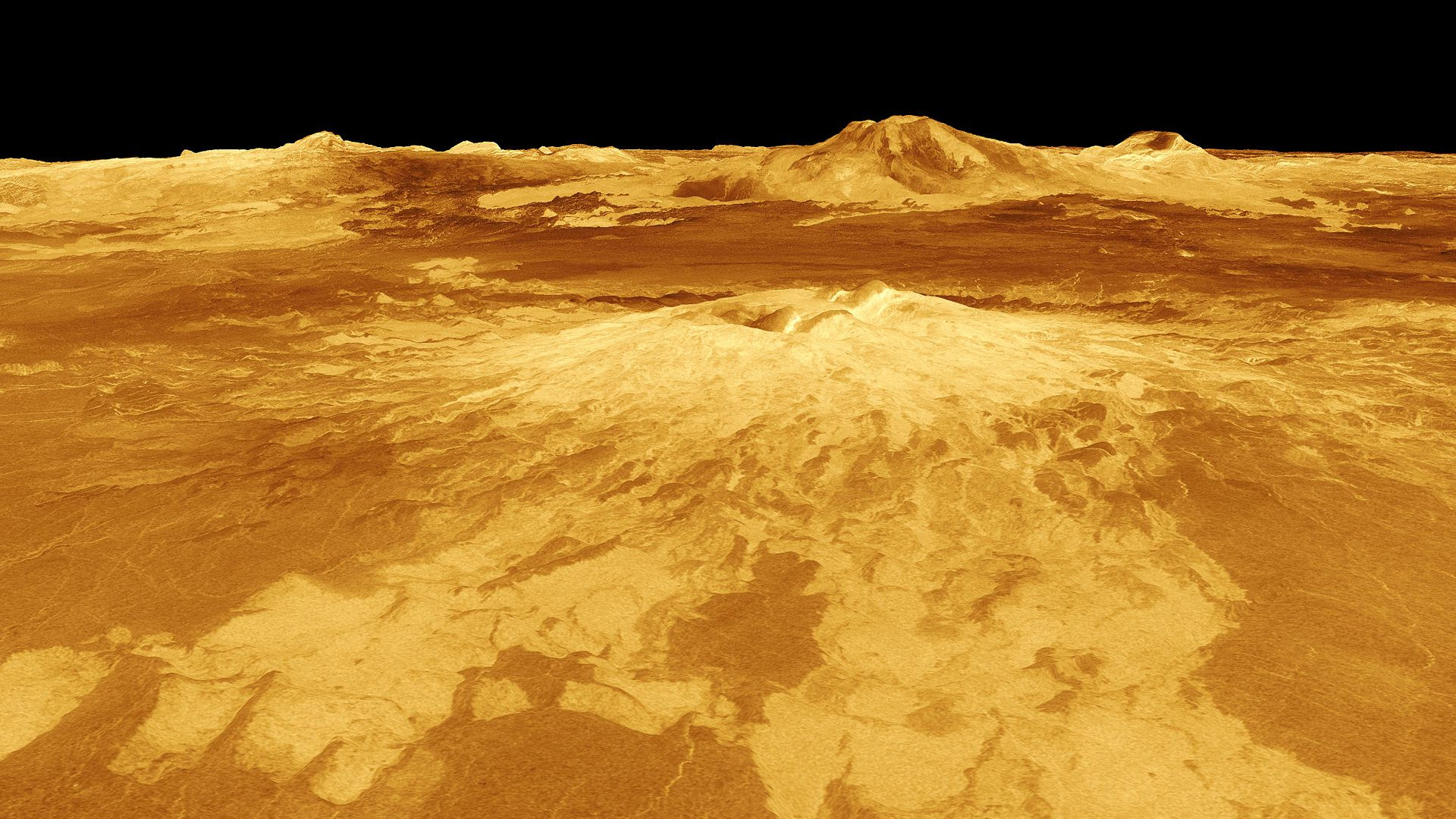22-EPN3-049: Retrieving multiple ice cores covering the last 100 years to study the link between the solar cycle and the cosmogenic tritium in precipitation.
Visit by László Palcsu and Marjan Temovski (Institute for Nuclear Research, Hungary) to TA1.4 AU Greenland Kangerlussuaq Field Site (Greenland).
Dates of visit: 19-23 June 2023
Report Summary:
The objective of the mission was to retrieve multiple ice cores at the EGRIP site (75°37′N, 35°59′W, 2702 m a.s.l.) to study the natural as well as anthropogenic variation of tritium in the ice layers. We have studied the recent publications, which suggest lower snow accumulation rate than what we have previously thought. Therefore, we intended to drill more shallow cores. During five days at EGRIP (19-23 June 2023), we drilled five 24 m-long ice cores representing the last 100-110 years. The ice cores were cut into subsamples of 15 cm, and packed into plastic containers. One full core was collected. The bottom part (depth between 16.2 and 24.0 m) of the additional 4 cores was also collected to get more material for sensitive analysis of tritium by the 3He-ingrowth method. Altogether 368 samples have been collected. Besides the cosmogenic tritium, stable isotopes of water, and Sr-Nd-Hf isotope signatures will be also analysed. To compare this latter to older ice (>10,000 years), we took ice samples at the ice margin in a location between the glaciers Isunnguata Sermia and Russell about 36 km from Kangerlussuaq, near Point 660. The ice there is supposed to be around 40,000 years old. We drilled a shallow core (~ 4 m), cut into 10 pieces, and stored in pre-cleaned plastic vessels. All of the ice samples have been already shipped to our laboratory in Hungary. The first analyses for stable isotopes, 137Cs around the Chernobyl event, and tritium around the bomb-peak have been already started.
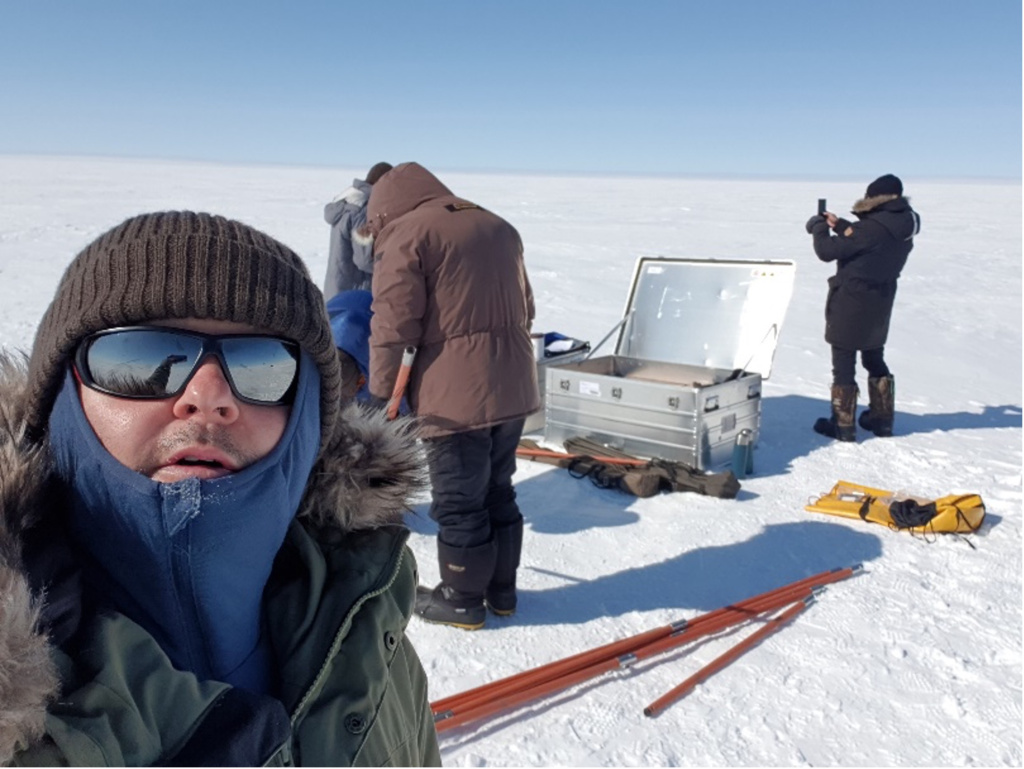
Read full scientific report with kind permission by László Palcsu.
Back to TA main page.
Back to Europlanet 2024 RI homepage.


